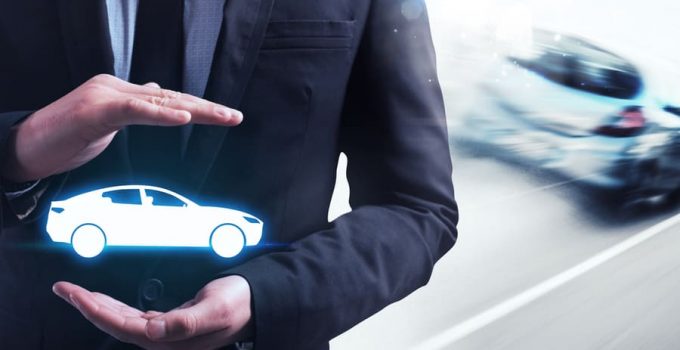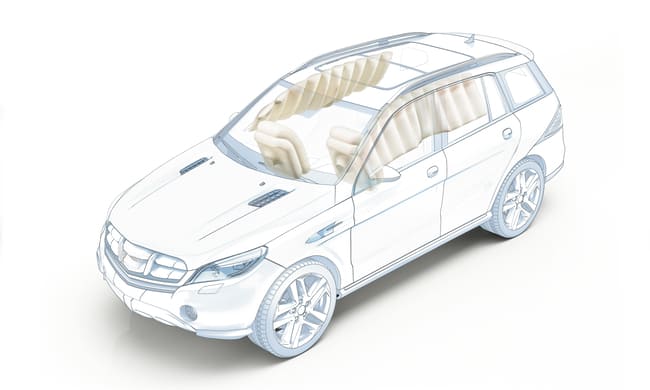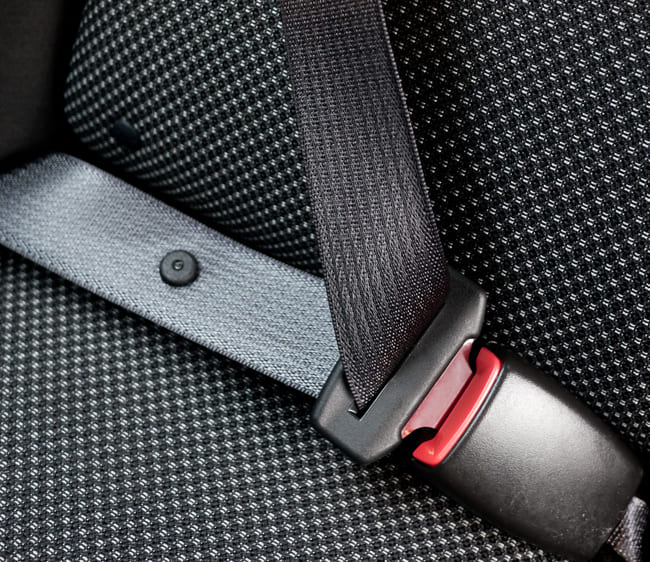
Nowadays we are so advanced in the automotive industry in terms of technology advanced, that immense speeds can be reached, a special level of comfort is guaranteed while driving, navigation systems allow us an uncomplicated journey, heaters and air conditioning systems in the vehicle ensure the ideal climate in the interior, even at extreme temperatures. But in terms of technology, a lot has also been achieved in recent years in terms of occupant safety. While decades ago there were vehicles that did not have airbags, for example, modern vehicles today offer a wide variety of systems to ensure your safety.
A special distinction is made here between active and passive safety systems. The active safety systems here are those that are intended to protect a car from having an accident at all. While the passive safety systems are intended to mitigate the consequences for the occupants in the event of an accident and thus completely rule out physical injuries or reduce them to a minimum.
Contents
What counts as an active safety system?
The active safety systems include, for example, the systems that have sensors to measure certain parameters. There are the steering angle sensors, as well as the sensors for the wheel speed, but also for the pedal travel. To name just a few of the systems that are part of active safety, electronic parking brake, power steering and tire pressure assistant, but also the reversing camera, brake booster, blind spot detection assistant or turning assistant can be mentioned will.

But also the electronic stability control and of course too the ABS system, or anti-slip regulation, is one of the most widespread systems and one of the most common ones in today's vehicles.

In order to optimize and, above all, test the active safety systems, regular crash tests with dummies are carried out during the manufacture of the vehicles, in which it can be tested to what extent the said systems work and can protect the dummies' bodies from serious injuries.
However, it is often forgotten that it is not only sensors and their systems that contribute to active road safety. The competence of the driver and his ability to drive on the road, as well as his compliance with the road traffic regulations, make a significant contribution to ensuring the highest possible level of safety and avoiding dangerous situations. Fair and prudent behavior on the road can therefore be just as important for survival as properly functioning safety systems.
What counts as a passive safety system?
In a dangerous situation, it is not always possible to avoid a collision at the last second. If it actually comes to that, measures must also be taken to protect the driver and other occupants from physical injuries as best as possible or to reduce them to an absolute minimum. This can save lives.

In the event of an accident, the passive safety systems include the airbags, which have to deploy within milliseconds in order to prevent the driver's head from hitting the head in good time. But the seat belts and their tensioners, which the newer vehicles have, also have to react in a fraction of a second. The side impact protection or headrests on the driver's and front passenger's seats also play a major role in minimizing the consequences of an impact.
But while active safety systems also include obeying the road traffic regulations, passive safety also includes measures that have nothing to do with the vehicle itself. It is not for nothing that there are traffic lights, crash barriers, or side lanes on the motorway, as well as maximum speed limits, speed cameras or roundabouts. All of these measures are intended to help maintain order on the road, slow down or at least control the speed of vehicles and, in the event of accidents or breakdowns, provide an opportunity to leave the danger zone directly.
What are the key security systems and why?
As for the passive safety systems, among the most important are the crumple zone, as well as the passenger compartment safety, but also the seat belts, and – last but not least – the airbags.
As far as the crumple zone is concerned, we are talking about the front, the rear and the sides of the vehicle. Here the sheet metal is mounted in such a way that it can deform in the event of an accident, so that the impact is cushioned and the force of the accident hits the driver and passengers less severely. The more crumple zone, the better an accident can be cushioned. Here, of course, limousines have a huge advantage over small vehicles.
The safety passenger cell, on the other hand, is the actual interior of the car. Stability is particularly important here. Because when the impact occurs, the crumple zone should be able to deform, but other frame parts of the vehicle should not be able to penetrate the interior and cause injuries.

As for the seat belt, the three-point belt is one of the best inventions of modern vehicles. The number of fatalities in traffic accidents has only been significantly reduced since it became compulsory to wear seat belts and wear them while driving.
As for the airbag, it's a plastic sack that inflates in up to 50 milliseconds after a crash. An airbag can protect particularly sensitive parts of the body, such as the driver's head, from a damaging or even fatal impact. However, nowadays there are also knee airbags that are attached at the level of the glove compartment. If your vehicle has a knee airbag, you should always make sure that you never sit on the front passenger seat with your knees bent when driving, as this can often lead to injuries if the airbag is deployed.
The Conclusion and a tip from CarTipsandmore:
All in all, it can be said that today's vehicles have a lot to offer in terms of safety. For decades, engineers have been concerned with the question of how safety in road traffic can still be optimised. While the active safety systems ensure that an accident does not occur in the first place, the passive safety systems were developed to completely prevent or reduce to a minimum possible physical injuries to the driver and other occupants in the event of a collision.
But a tip from CarTipsandmore at this point: despite reliable and groundbreaking inventions in terms of road safety, you should never forget that in the end you are responsible for ensuring that you remain accident-free. So obey the rules of the road, never get behind the wheel while under the influence of alcohol and keep important systems on your vehicle such as lights, braking system and tires in the best possible condition. Have a good trip!
